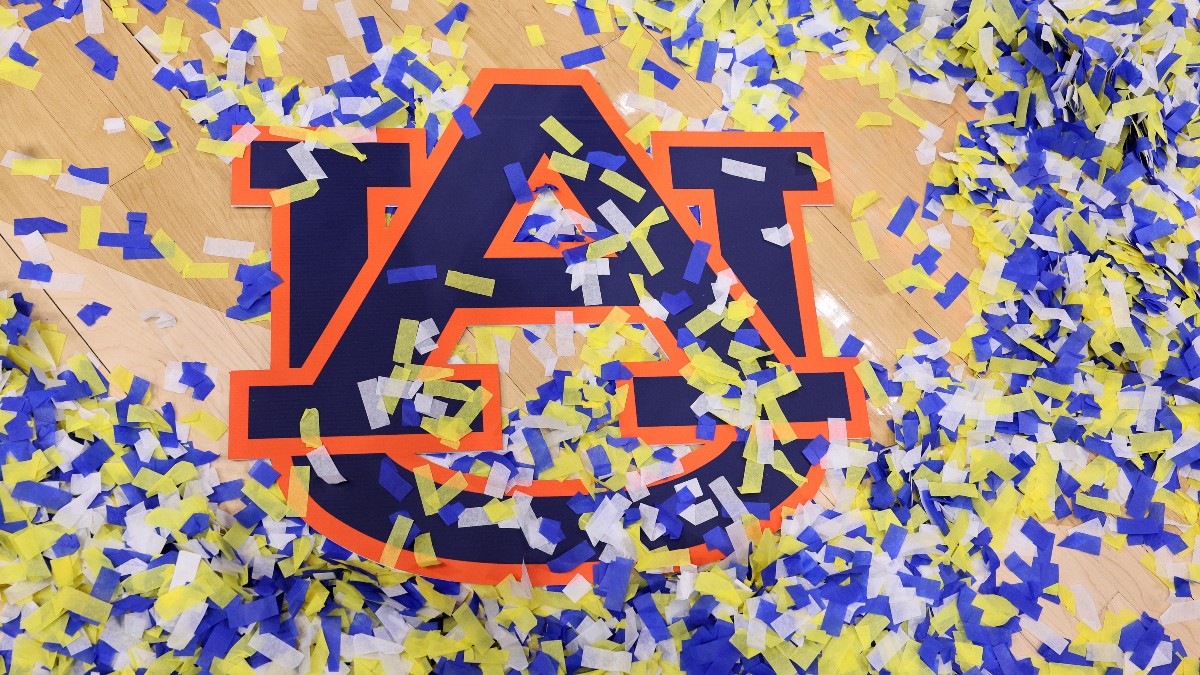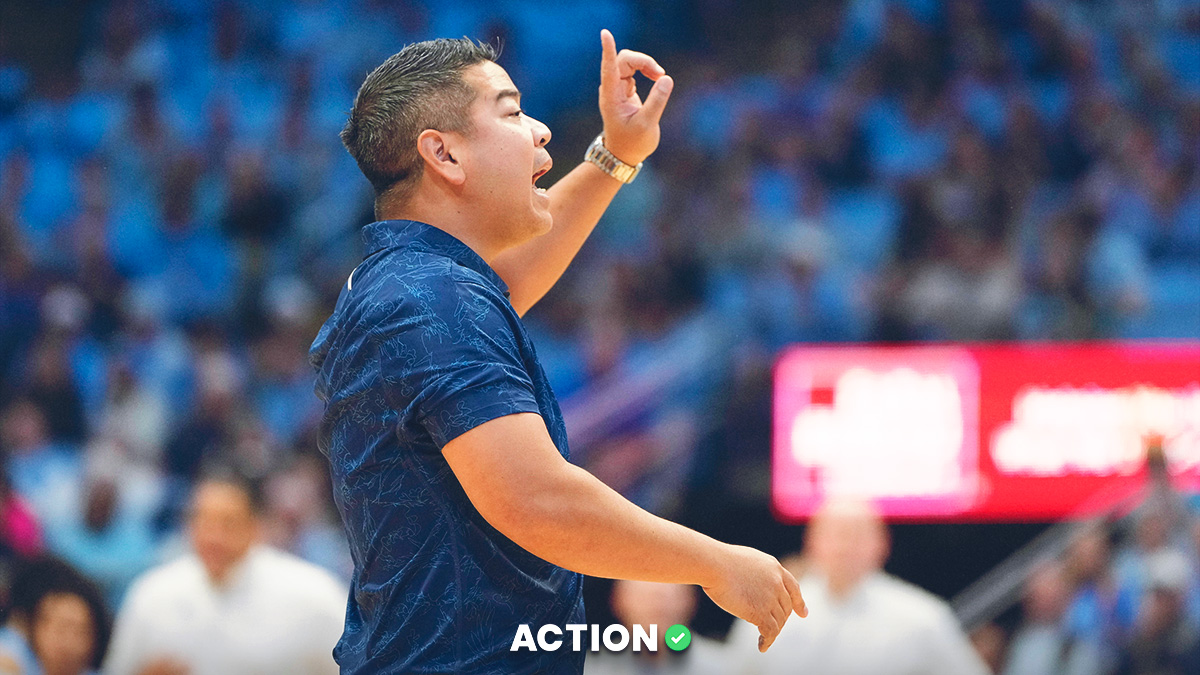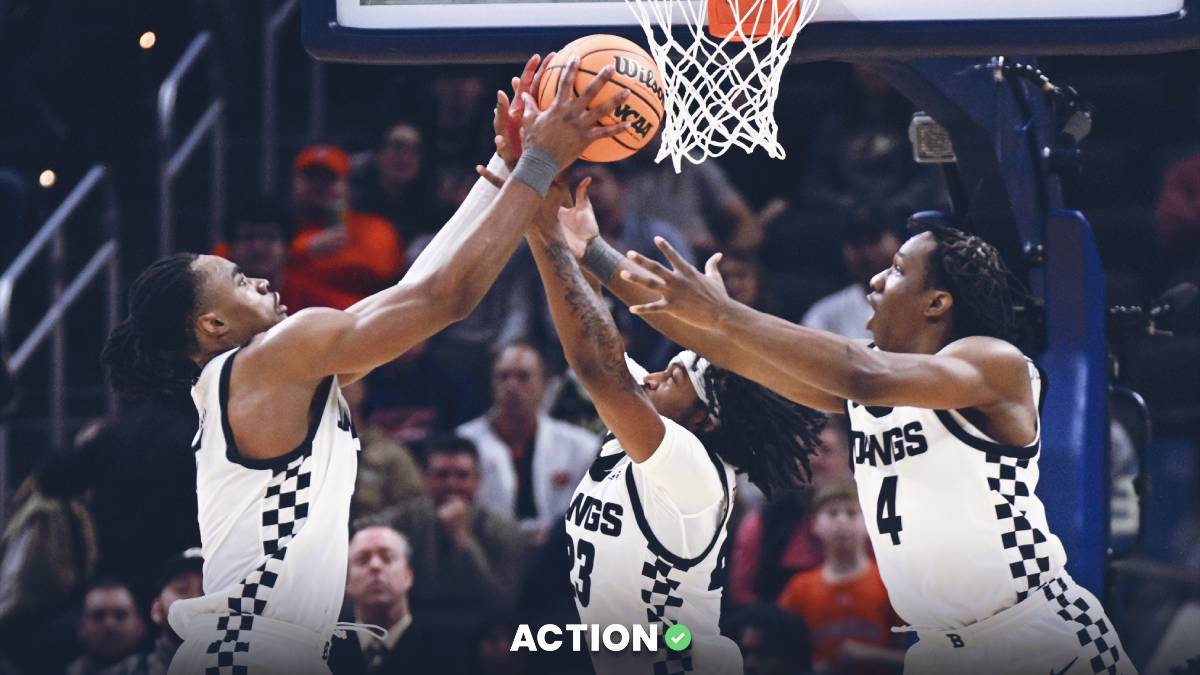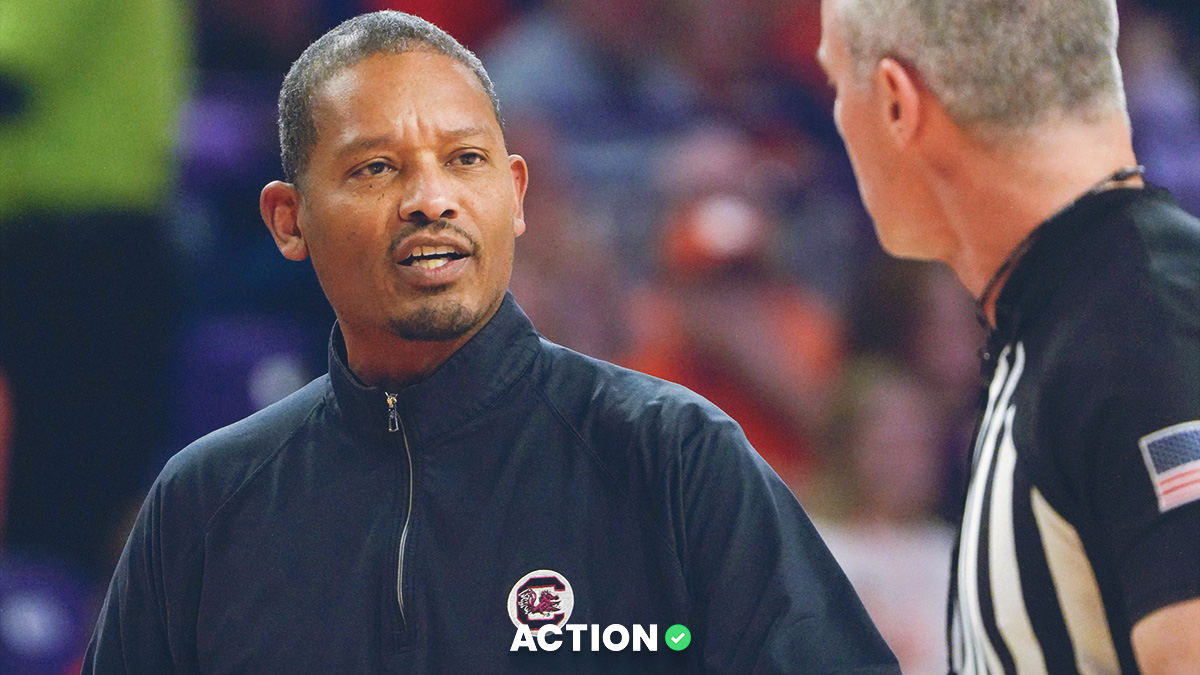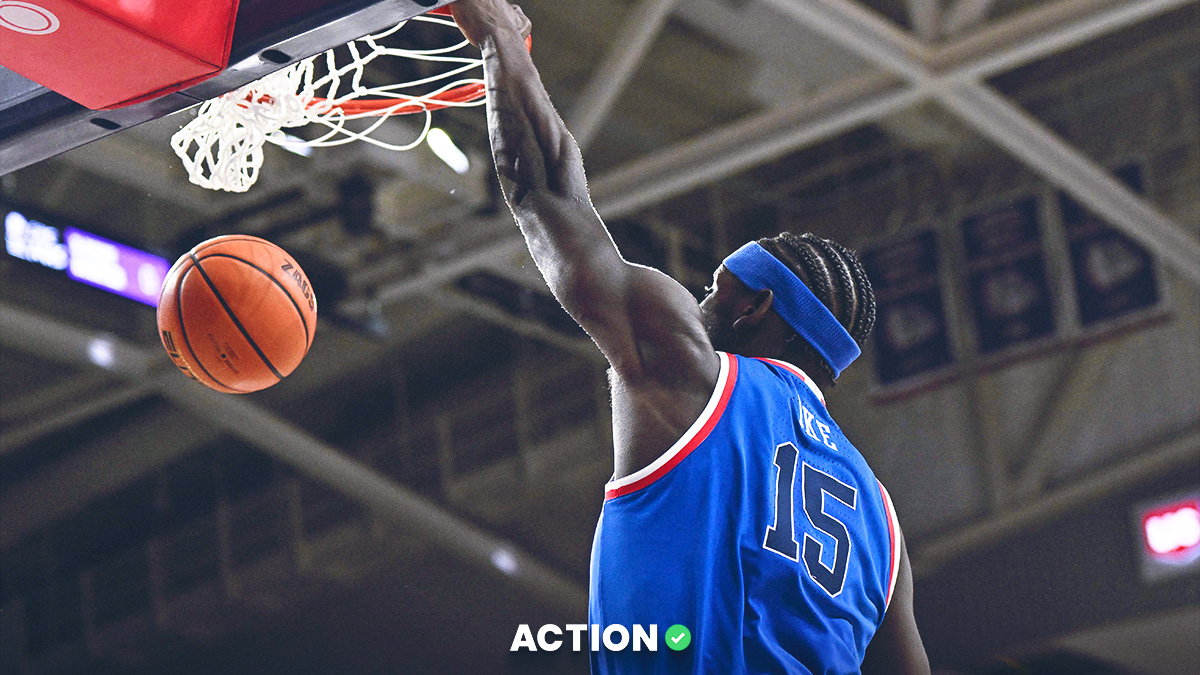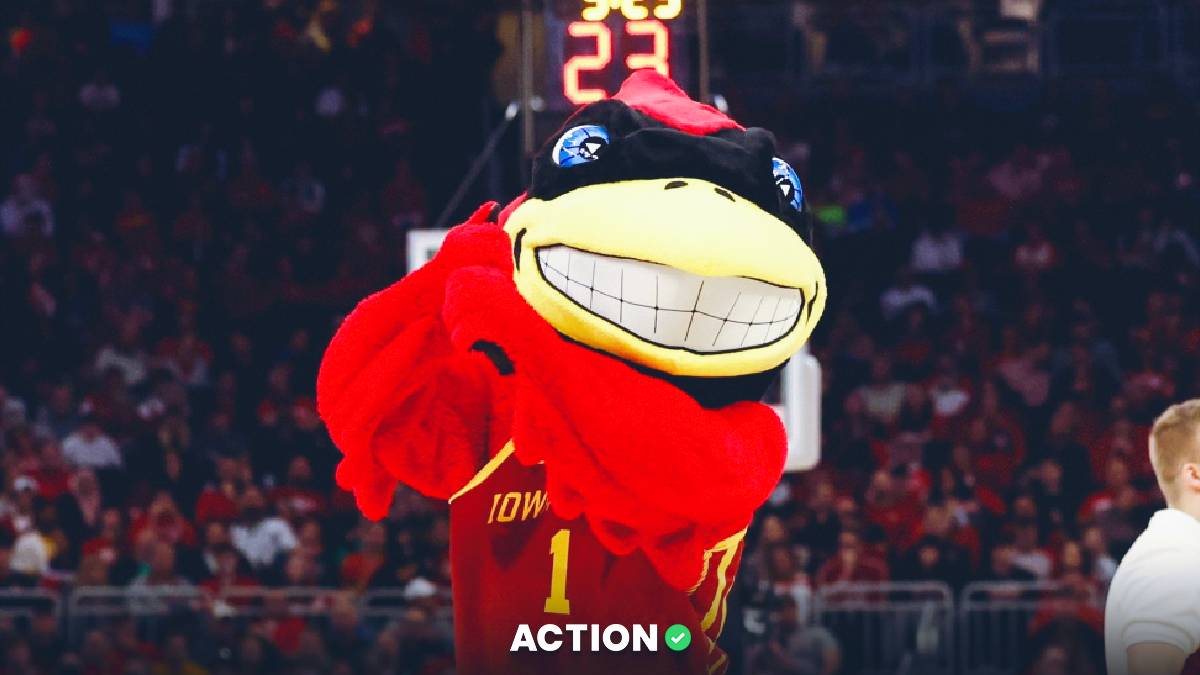Since 2004, teams with these two characteristics have won the tournament in every season. That's 20 championships all wrapped up under these two simple advanced metrics.
- The team needs to be in the top 40 in adjusted offensive efficiency (AdjO)
- The teams needs to be in the top 22 in adjusted defensive efficiency (AdjD)
This season, eight teams fit the bill:
- UConn
- Houston
- Purdue
- Arizona
- Tennessee
- Auburn
- North Carolina
- Marquette
March Madness Championship Odds to Win NCAA Tournament
| Team | Odds |
|---|---|
| UConn | +370 |
| Houston | +550 |
| Purdue | +700 |
| Arizona | +1200 |
| North Carolina | +1700 |
| Tennessee | +1700 |
| Iowa State | +2000 |
| Auburn | +2200 |
| Creighton | +2500 |
| Marquette | +2500 |
| Duke | +3000 |
| Kentucky | +3000 |
| Baylor | +3500 |
| Illinois | +3500 |
| Alabama | +4000 |
| Kansas | +4500 |
| Gonzaga | +5000 |
| BYU | +6000 |
| Wisconsin | +6000 |
| Florida | +6500 |
| Michigan State | +6500 |
| Saint Mary's | +6500 |
| San Diego State | +7500 |
| Texas Tech | +8000 |
| Texas | +10000 |
All other teams are greater than 100-1. Odds as of March 19 and via FanDuel.
This list looks eerily similar to a similar trend that I wrote about that involved a third variable: adjusted efficiency margin (AdjEM). Effectively, that means the difference between AdjO and AdjD: the bigger the difference the better a team was.
When adding that metric, you knock out the 2011 and 2014 UConn Huskies from the list, with their AdjEM not up to snuff. Those two Jim Calhoun-led teams are the only anomaly in this follow up trend study.
The overlaps between the two lists are stark, though.
UConn, Houston, Purdue, Arizona, Tennessee, Auburn and North Carolina all jibe on both lists.
The discrepancy is between adding Iowa State (No. 55 in AdjO) or Marquette (too low of an AdjEM).
I'm personally wagering on all nine schools to win it all this season, in the hopes that one (or several) of the teams outside of UConn, Houston or Purdue make a deep run. I can then hedge accordingly based on my risk tolerance and softer, qualitative factors down the line.
Of course, these datasets aren't end-all-be-alls. In general, past performances cannot predict future outcomes — they can only provide data that helps shape an overall mosaic.


